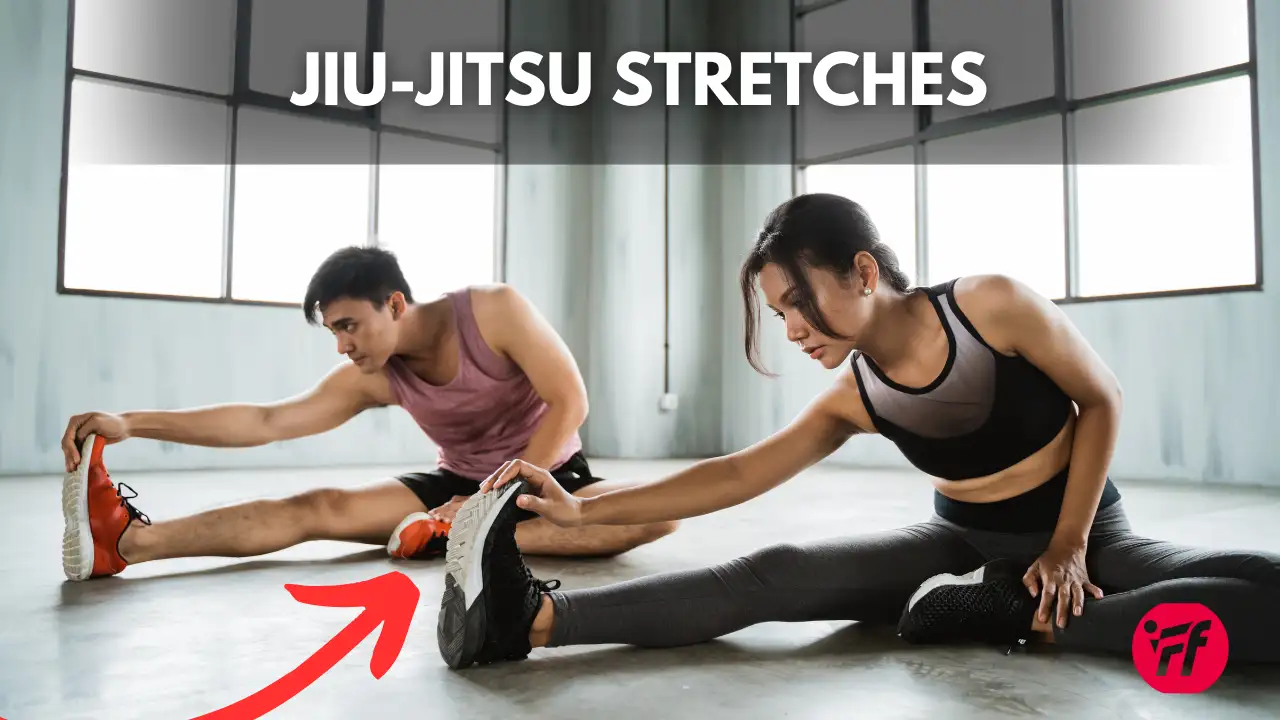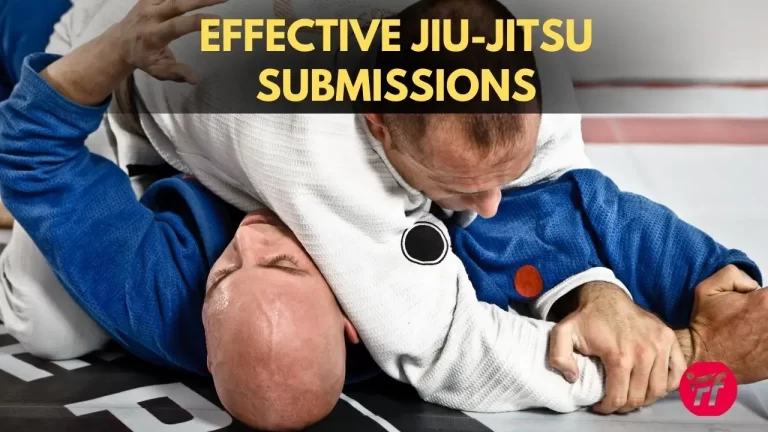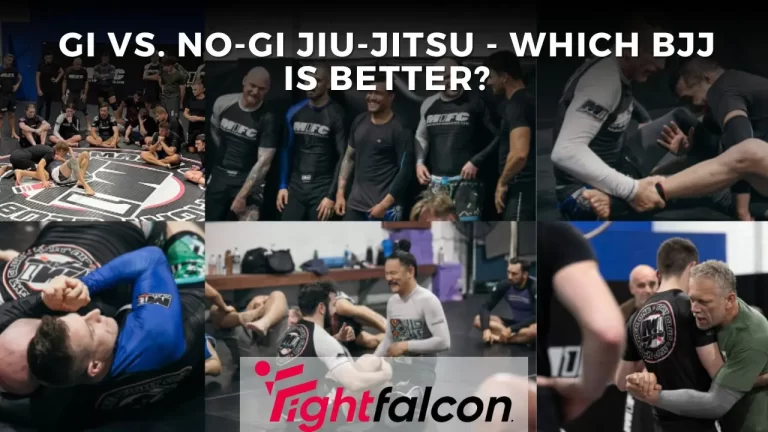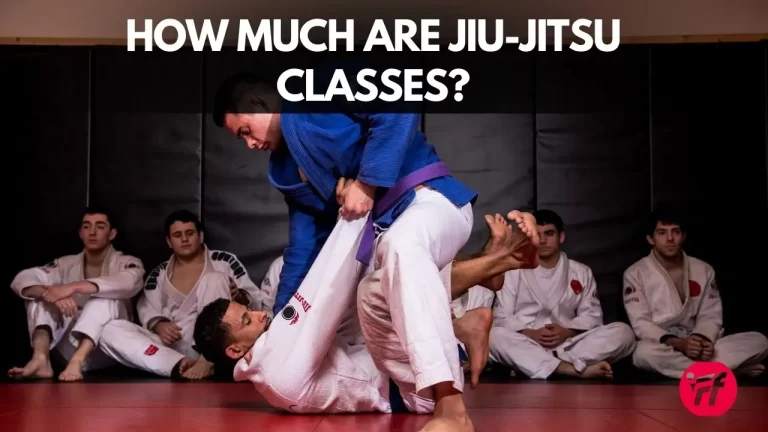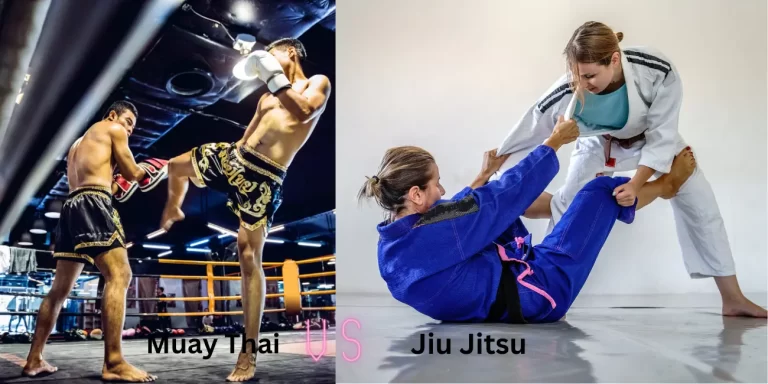5 Jiu-Jitsu Stretches To Improve Your Flexibility
Brazilian Jiu-Jitsu doesn’t necessarily favor the flexible, but possessing good flexibility can be advantageous. Flexibility is not solely dependent on genetics, but incorporating Jiu-Jitsu stretches exercises after a light warm-up and before BJJ training is a beneficial practice.
Weight training isn’t necessary for Brazilian Jiu-Jitsu, but being stronger or more explosive can help in certain situations, like getting out of tough spots.
Similarly, good flexibility can be instrumental in navigating tight spots during training. You can apply a butterfly stretch, Spinal twist, inverted stretch, Leg Cradle Stretch, or Hip car stretch.
Let’s explore these stretches in detail:
| Stretch | Purpose | Technique |
|---|---|---|
| Butterfly Stretch | Lie on your back, grab a knee, and pull it across the body; keep both shoulders on the mat | Lie on your back, lift your legs off the mat, point your toes overhead, rock onto your shoulders. |
| Spinal Twist | Boosts spinal flexibility and mobility | Lie on your back, grab a knee, and pull it across the body; keep both shoulders on the mat. |
| Invert Stretch | Builds core strength and range of motion | Lie on your back, lift the knee, grasp it with one hand, and reach for your ankle with the other; bring the knee towards the chest |
| Leg Cradle Stretch | Improves lower back mobility | Perform Controlled Articular Rotations, lifting one knee off the mat while rotating. |
| Hip Cars Stretch | Enhances hip flexibility | Lie on your back, lift your legs off the mat, point your toes overhead, and rock onto your shoulders. |
5 Stretches To Improve Your Brazilian Jiu-Jitsu
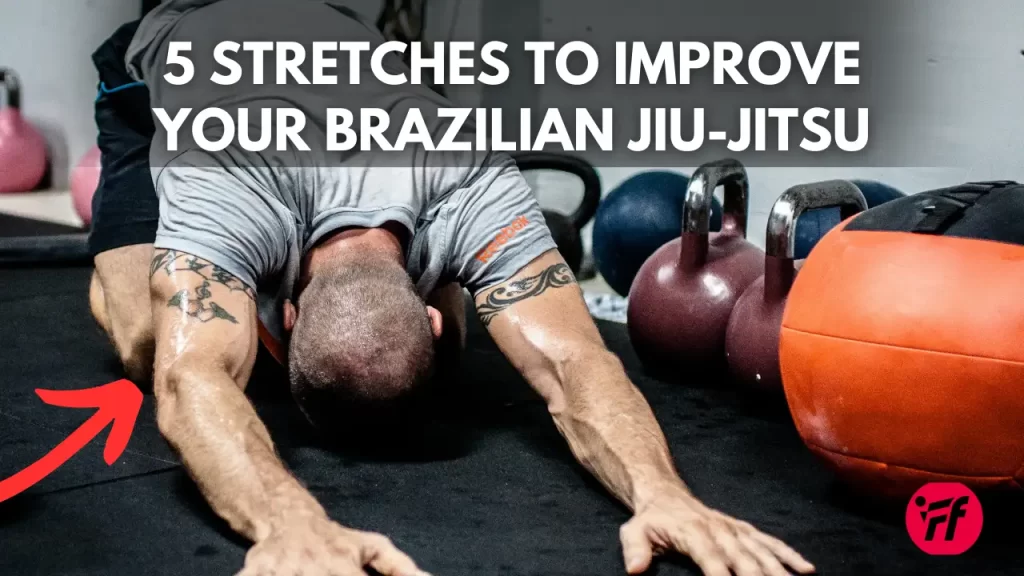
Now enhance your BJJ game with increased flexibility and try these 5 stretches to boost your agility and performance on the mat.
1. Butterfly Stretch: Enhancing Hip and Groin Flexibility
The butterfly stretch is a fundamental exercise for Brazilian Jiu-Jitsu (BJJ) athletes, improving overall flexibility in the hip and groin areas. Situating on the ground, practitioners bring both heels deep into their groins before gradually pushing their knees down to the mat.
It generates a deep groin stretch. Variations include leaning forward over ankles to touch the chest and elbows to the mat, providing a versatile approach to this essential stretch.
2. Spinal Twist: Boosting Spinal Flexibility and Mobility
Crucial for BJJ athletes, the spinal twist stretch offers significant relief and enhances flexibility in the spine. Lying on their back, practitioners grab a knee and pull it across the body, holding onto the hamstring tightly.
The goal is to keep both shoulders on the mat while twisting the spine away from the outstretched knee.
This stretch contributes to a broader range of spinal mobility. It offers potential chiropractic relief and simultaneously opens the chest for improved lung function.
3. Invert Stretch: Building Core Strength and Range of Motion
The inverted stretch is vital for BJJ athletes, demanding a high range of motion and strong core engagement.
Executed by lying on the back with arms at the sides, practitioners lift their legs off the mat, pointing their toes over their heads as the body rocks onto the shoulders.
This stretch expands the range of movement and builds core strength, a crucial aspect for quick reactions during a fight. Variations include the grumpy roll, emphasizing arm positioning and head movement to avoid neck strain.
4. Leg Cradle Stretch: Improved Mobility and Relaxation
This stretching exercise targets the lower back. Begin by lying on your back and extending your legs in front of you. Lift your left knee and use your left hand to grasp it while your right hand reaches for your left ankle.
Slowly bring your left knee toward your chest, allowing your left ankle to trail slightly behind until it levels out to the knee. Maintain the stretch for approximately one minute before gently lowering your leg to the floor. Repeat the same stretch on your right leg.
5. Hip Cars Stretch: Essential Mobility for BJJ
Recognized as one of BJJ’s most crucial mobility movements, the Hip Cars stretch focuses on hip flexibility, a vital component in nearly all BJJ techniques.
Controlled Articular Rotations (CARs) involve lifting one knee off the mat while rotating, enhancing the full range of motion in the hips. This stretch is widely popular in both Yoga and BJJ, emphasizing the priority of improving hip flexibility in combat grappling sports.
10 Minutes Jiu-Jitsu Stretches Workout
Why Is Stretching Important for BJJ?
Stretching is crucial for Brazilian Jiu-Jitsu (BJJ) practitioners due to the demanding nature of the sport on the body. Understanding the muscles involved in BJJ is essential for targeting the most important stretches.
BJJ imposes significant pressure on joints, making practitioners need to enhance their overall range of motion through proper stretching routines. Incorporating an appropriate series of stretches helps prepare the body for the intense joint stress experienced during BJJ training.
Stretching is a fundamental aspect of sports and training, and BJJ workouts often involve various stretching positions. Given that certain Jiu-Jitsu techniques require a high level of flexibility, ensuring correct and regular stretching is vital. This practice not only aids in achieving specific techniques but also helps prevent injuries, as many BJJ submissions involve manipulating joints through directional movements.
Warming up through stretching is especially important as it prepares the body for the intense physical activity involved in BJJ.
Students are exposed to joint manipulation, and limbering up the body effectively becomes a key strategy in mitigating potential debilitating factors.
In the context of BJJ, stretching is essential during warm-ups and post-training to facilitate a gradual cool-down.
Are BJJ Stretches Painful?

The short answer is it depends. Proper stretching should create a sensation of mild discomfort or a slight pull but not pain. If you’re experiencing pain during a stretch, it indicates that you’re pushing your body beyond its current capabilities. This could lead to injuries.
BJJ stretches are designed to enhance flexibility, improve mobility, and reduce the risk of injuries. They target various muscle groups used extensively in BJJ, such as hips, back, shoulders, and legs. Examples include the butterfly stretch, spinal twist, inverted stretch, leg cradle, and hip car stretch.
While these stretches can initially feel uncomfortable, especially if you’re new to BJJ or have limited flexibility, they shouldn’t be painful. Listening to your body and distinguishing between a good stretch and harmful discomfort is essential.
It’s also crucial to remember that flexibility only develops after some time. It’s a gradual process that requires consistency and patience. Over time, as your flexibility improves, the initial discomfort you feel during stretches will decrease.
In short, while BJJ stretches might pose a challenge, they should never be painful. Always ensure you perform each stretch correctly and within your body’s limits. Remember, the aim is to enhance your performance and protect your body, not cause unnecessary harm.
So, roll out your mat, embrace the stretches, and keep working towards becoming a more flexible and agile BJJ practitioner!
Frequently Asked Questions
How often should I incorporate stretching into my BJJ routine?
You should include stretching in your routine before, during, and after BJJ training sessions. Consistency is key, and regular stretching can improve flexibility and reduce injury risk.
How long should I hold each stretch?
The duration of each stretch can vary, but a general guideline is to hold each stretch for about 15-30 seconds. This duration allows the muscles to relax and adapt to the stretch without causing strain.
Can stretching help prevent injuries in BJJ?
Yes, stretching is crucial in injury prevention in BJJ, like Muay Thai. By improving flexibility and range of motion, practitioners can reduce the risk of muscle strains, joint injuries, and other common issues associated with dynamic movements in Brazilian Jiu-Jitsu.
Final Words
incorporating a well-rounded stretching routine is essential for Brazilian Jiu-Jitsu practitioners of all levels.
The demanding nature of BJJ, which involves joint manipulation and intense physical activity, underscores the importance of maintaining flexibility and preventing injuries.
Stretching is not just a pre-training warm-up but a post-training cool-down, contributing to sustained flexibility, improved mobility, and a reduced risk of injuries.
By understanding the significance of stretching in the context of BJJ, practitioners can enhance their overall experience, longevity in the sport, and success on the mat.

